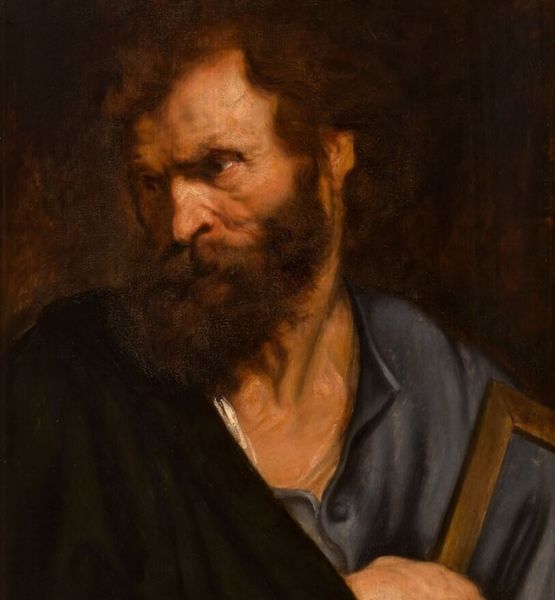
This week’s question relates to how one would 3D print a large outdoor sculpture.
As you might guess, we receive approximately a metric bajillion sketchy emails each day, and virtually all of them are instantly discarded. Most deal with suspicious SEO programs delivered in a form letter that often mention casinos, but we do also receive some queries of interest.
That happened this week when we received a very cryptic request from an anonymous submitter. The entire request said:
“can you do a 6ft sculpture of st judes thaddeus for outdoor”
A very efficient question, indeed: no need for any punctuation!
But is this a question we can answer? I think so.
Literally, we cannot produce a 6ft sculpture; we’re a 3D print news site, not a service operation. But if we really had to get that project done, what exactly would we do?
In spite of the efficient nature of the question, I think there are some questions to be asked before one could proceed further:
- What outdoor conditions would the sculpture be expected to withstand? Harsh winters? Blazing summer sun, or in the shade? Will it get wet from rain? Will it be exposed to any unusual industrial chemicals?
- What is the expected lifetime of the sculpture? Is it a temporary exhibition, or should it last 50 years?
- Is the sculpture to be mono-colored or painted? Or made from specific colored materials? If colored, what colors / patterns / textures / imagery is required?
- Is a specific design required or provided? If there is no design, it must be selected and created by a professional 3D artist.
- What weight is required for the sculpture? If there is a limit, either for transport or base, then this could influence what solution is provided.
- What level of quality is required? If the sculpture is only seen from afar, then perhaps a coarse solution could be used. On the other hand, if people are up close and even touching the sculpture, then a much finer 3D print could be required.
If one knew the answers to these questions, we might be able to start making some choices about the best course of action. Unfortunately, the efficient nature of the request has precluded almost all required information.
The environmental and duration answers are critical, as they would determine whether the sculpture is to be 3D printed in plastic or somehow made in metal for a lengthy operational lifetime.
A metal sculpture of this type would likely not be directly 3D printed. Instead it would be cast from a 3D printed mold based on the intended design. This could require multiple parts due to the size and complexity of the design, and that would require the 3D artist to segment the design for casting.
A plastic sculpture of this subject could be produced on several different 3D printers, either in a single job for some large-format options, or as two or three parts for other options. Depending on the geometry and strengths required, there may be a need to implement an internal metal “skeleton” to support some portions of the sculpture.
Finishing work on the sculpture could be non-trivial. Certainly there would be some assembly required. A metal sculpture might require welding on site to assemble the final sculpture, and those welds would have to be smoothed out through machining.
Similarly, a plastic sculpture would require assembly, and this could be interesting if an internal skeleton is used. The parts would have to be designed to fit on top of the skeleton in a way that provides appropriate support.
Finishing may also require painting of the sculpture, and that can be as complex and detailed as required. In some cases it may be necessary to hire a professional painting artist to finish the work.
In the end, this is a project that is likely far more complex than the requestor had imagined. While the project could be done using 3D printing, the work would certainly require more funds than budgeted for the project. The best option here would be to attempt to find the sculpture pre-made by a mass manufacturing factory and just drop it in. And if the specific sculpture isn’t available, then consider using a different subject that is available.
